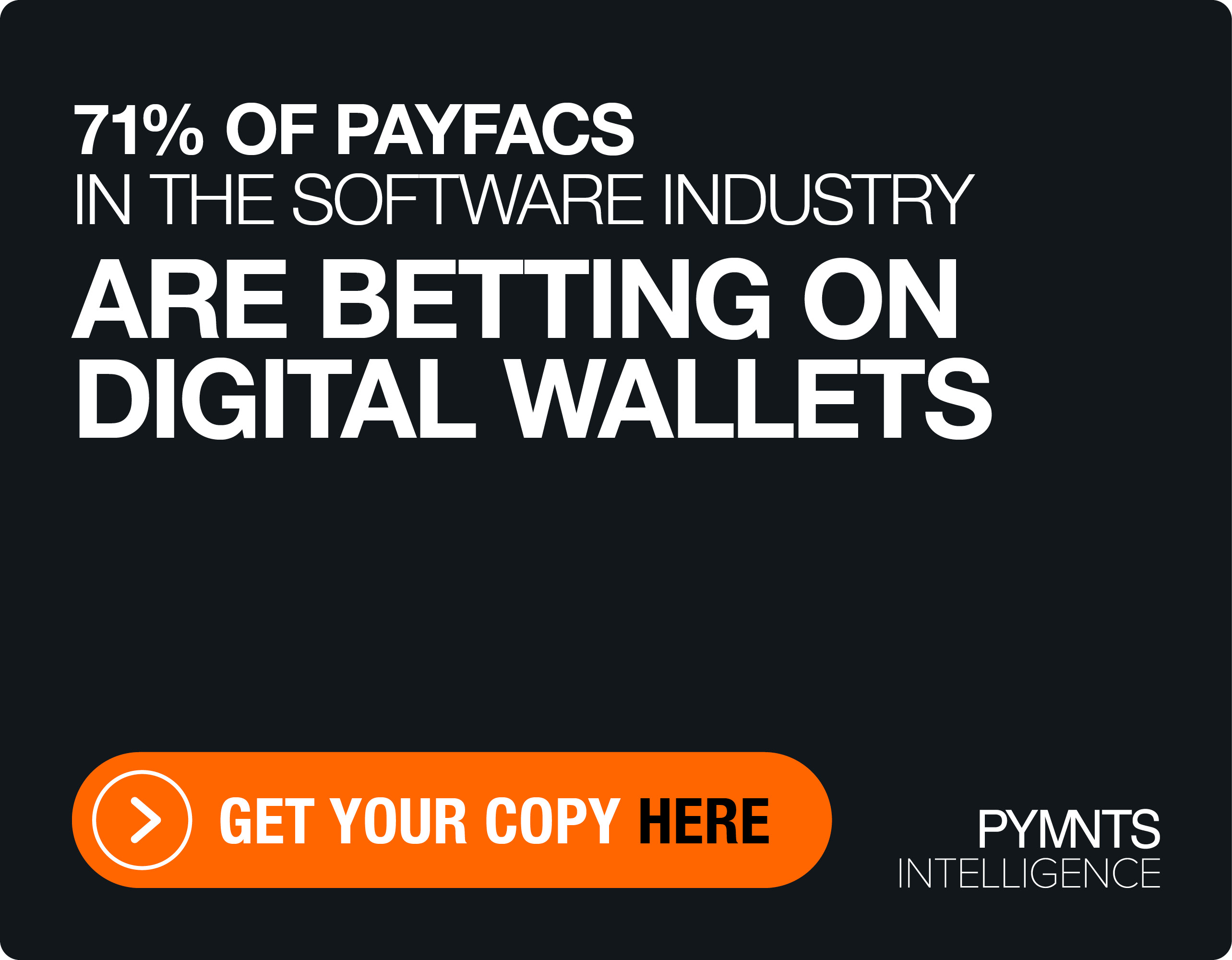Inflation’s Pace Quickens in December, Led by Housing Costs

The end of inflation? The end of the pinch to paycheck-to-paycheck wallets?
Hardly.
And, per the latest Consumer Price Index data, released Thursday (Jan. 11) by the Labor Department, the most basic of expenses — especially shelter — proved to be more expensive headed into the end of the year.
December’s overall headline numbers showed that prices were up 0.3% in December, up from 0.1% in November. And on a trailing 12-month basis, prices were up 3.4%, as measured last month. That’s higher than the 3.1% trailing 12-month rate seen in November.
The Basics Are More Expensive
More than half of the monthly increase, the government said, could be traced to the cost of housing, where those prices were up 0.5% in December. The growth in that expense compares negatively, so to speak, with the 0.4% and 0.3% pace seen in the previous two months. The cost of rent is 6.5% higher than it was a year ago.
Other staples are proving more costly, too, though moderating a bit. The cost of food at home was up 0.1% month at home, indicating that the filling the grocery cart is less onerous than has been the case recently — but it’s still more expensive. Overall, the prices paid to eat at the dinner table, or out at a restaurant, are 2.7% higher. And dining out, which has been a mainstay of the last several months, of card spending, as detailed in last quarter’s earnings reports — has been ratcheted up by more than 5% since the end of last year.
At this writing, on Thursday morning, the stock markets are trending lower. One of Wall Street’s favorite parlor games has always been to take sides on whether the Fed will raise or lower rates — and when. Everyone’s been waiting for some confirmation as to when rate cuts might begin, specifically in the current year. Now, with inflation a little “hotter” in December than might have been expected, the timeframe may be pushed out a bit.
We’ll get a sense of how the year-end inflationary trends may have impacted spending as the banks and the payment networks start rolling out their latest earnings reports as soon as Friday (Jan. 12). JPMorgan, among other marquee names in financial services, will present its own debit, credit and loan metrics, giving some insight into how consumers have been holding up. Buy now, pay later (BNPL), as an option to keep even the essentials more affordable (including groceries) has been gaining ground, as we’ve documented on a consistent basis.
And in the meantime, PYMNTS Intelligence data found, in parsing the paycheck-to-paycheck economy and headed into the last few months of the year, that a third of consumers were turning to credit products to manage their finances. As many as 21% utilized it as their top strategy. But there may be some ominous signs in the mix: for those who cover expenses in financially difficult times with credit, there’s been a negative impact to their credit scores, hitting 75% of those consumers.
December’s data underscore that there’s no relief on the short-term horizon.

